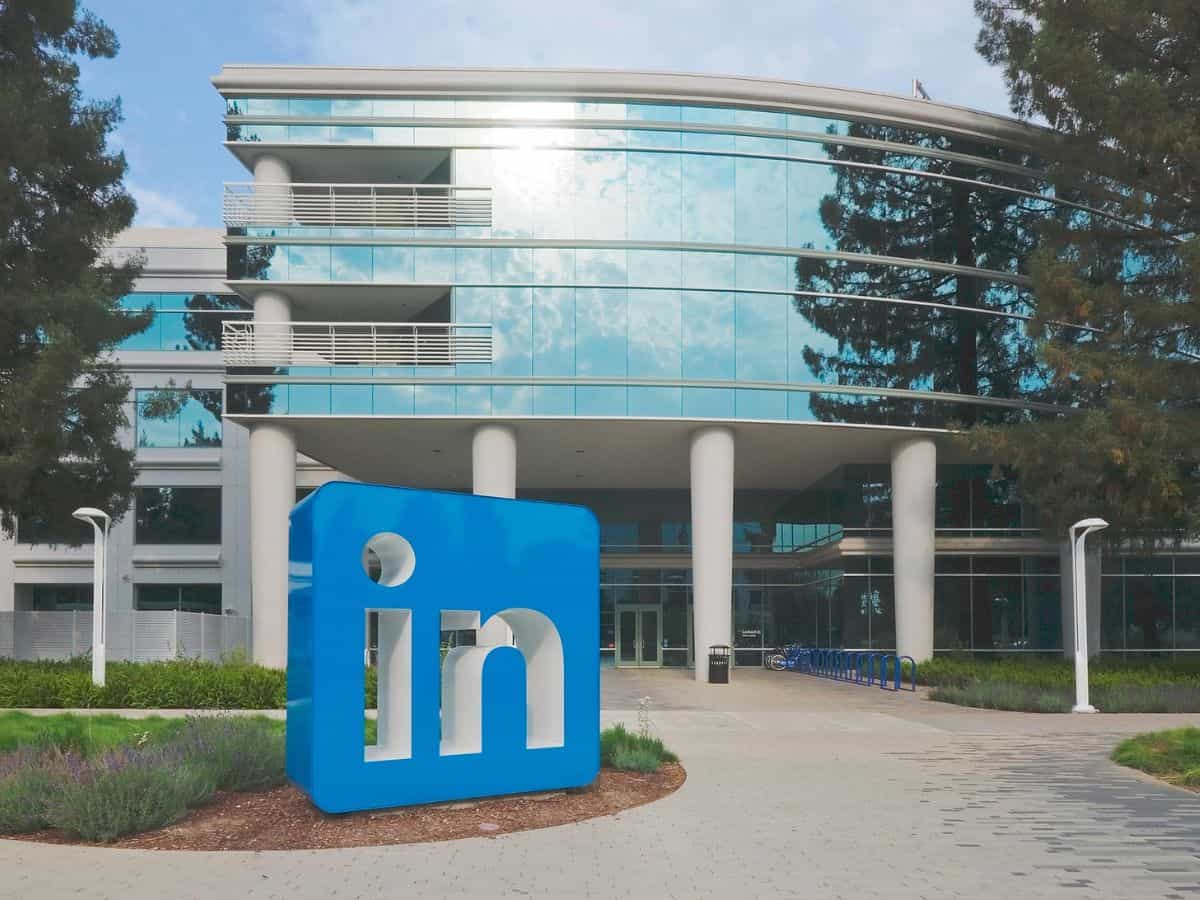Diverse Talent Research
Learning how to discover diverse talent is essential for diversity recruiting. Often, diverse executive candidates are overlooked or missed entirely. So companies are realizing they have to do more to increase diverse hires — particularly at the executive level. That’s where we come in. We are an executive search research firm that uncovers top diverse talent that others miss. In doing so, we build diverse talent pools brimming with the best and brightest women and BIPOC contenders.
It takes greater research expertise to avoid missing brilliant diverse candidates. For diversity recruiting to deliver results, you need expert researchers who understand how to look, where to look, and ultimately how to celebrate diversity in the candidates they discover.
Internal Teams Lack Bandwidth
Companies regularly come to us for help recruiting top senior executive and technology talent who happen to be diverse. It’s not that the corporate recruiting team isn’t capable. Rather, most corporate recruiting teams lack the bandwidth required to deliver exceptional results.
Beware of Employee Referrals
Employee referrals are incredibly common. According to a 2018 article in the Harvard Business Review, more than a third of U.S. workers landed their current job via an employee referral. Additionally, the use of employee referrals is often supported by companies through referral bonuses.
Intrinsically, the logic behind using employee referrals makes sense. Who knows what kind of person will succeed at your company better than a current employee? The problem is that employees tend to recommend people that look and act like them, further perpetuating a homogeneous culture.
Employee Referrals Can Exclude Diverse Talent
PayScale asked 53,000 workers in the United States whether they received a referral. Their research found that female and minority applicants were much less likely to receive referrals than their white male counterparts. Specifically, white women were 12 percent less likely, men of color were 26 percent less likely, and women of color were 35 percent less likely to receive a referral.
The inequality of employee referrals is a wide-known problem. The Society for Human Resource Management (SHRM), a thought leader on human resources and issues affecting the workplace, addresses this issue on its website. SHRM writes that “while an employee referral program is a great recruiting tool, the program may create an unintentional disparate impact on some protected groups if employees refer candidates of the same race, religion, national origin or any other protected class.” SMRM even offers recommendations to alleviate this problem. However, their recommended solutions either don’t address the root of the problem (like capping employee referrals) or are too idealistic to be realistic solutions (like telling hiring executives to “evaluate all applicants, including employee referrals, using the same qualification criteria”)
This, and other structural hiring issues, are why so many companies look outside for help when conducting diversity talent pool research. Executive search research firms are designed to do exactly that.
How to Stop Missing Diverse Talent
Not all executive search research firms are created equal. Even those that claim to be experts in diversity recruiting often recycle the same diverse executives, missing brilliant contenders who are perfect for your company. They miss diverse candidates because they lack deep research expertise. And by that, we don’t mean your average candidate sourcing methods. To ensure high-quality diversity recruiting research, you need an executive search research partner who knows how to look and where to look — often beyond the usual places.
Discover Diverse Talent Beyond LinkedIn for Div
Using LinkedIn isn’t enough to find diverse executive talent. Although LinkedIn boasts a membership of over 850 million people, LinkedIn and LinkedIn Recruiter still fall short. The business network offers far too many candidates, too little data quality, and too few filters to discover the candidates you need. LinkedIn Recruiter falls short, leaving recruiters scrambling. LinkedIn’s data quality issues include incomplete, outdated, and altogether fake user profiles. LinkedIn is a valuable tool, but it’s not a panacea for all your recruiting needs. Especially in the technology sector, since many leading executives don’t have LinkedIn profiles simply because they don’t need them. Furthermore, LinkedIn profiles often don’t tell you whether a potential candidate is diverse. Rather, diverse executives and technologists often signal their diversity through other means. You need to reach beyond LinkedIn to find a strong diverse talent pool.
Beyond HBCUs and Women’s Colleges
Yes, Historically Black Colleges and Universities (HBCUs) are a great source of young talent, but searching for graduates of the top HBCUs is not enough. According to Jackye Clayton, DEI strategist at SeekOut, only 20% of Black students in the country who complete a bachelor’s degree do so at an HBCU. So, she asks, how are you recruiting the other 80%? Additionally, a candidate that graduated from an HBCU is not necessarily racially or ethnically diverse. A list of HBCU college graduates does not constitute a well-researched diverse talent pool.
Similarly, historically women’s colleges and universities, such as Barnard College and Wellesley College, offer a list of high-achieving graduates, but solely searching for female candidates at women’s colleges misses the majority of women executives in the United States.
Beyond Name-Brand Tech Companies
Of course, it is reasonable to want high-achieving executives from high-achieving companies. However, limiting your search to a few target companies will drastically limit your diversity talent pool research. Top technology companies are famously white and male — they are among the least diverse workforces in business.
For example, look at Google. Understandably, technology companies would value executives having worked for this technology giant. Yet, think about their diversity. In their 2022 Diversity Report, Google reported its hiring by race and ethnicity for 2022 in the U.S consisted of 37.6% women, 9.4% African American / Black, 46.3% Asian, 9.0% Hispanic / Latinx, and 0.8% Native American, Native Alaskan, Native Hawaiian, or Pacific Islander. While they’re not there yet, big technology companies like Google are getting better at equal employment opportunities.
A Partner You Can Trust
Intellerati uses investigative research to take diversity talent acquisition support to a whole new level. Our expert research boosts executive diversity and engineering diversity at leading technology companies.
Above all, our robust investigative research enables great talent (that happens to be diverse) and great companies (that want to be more diverse) to find each other. Intellerati reaches beyond traditional recruiting resources, diverse communities, and social networks. As a result, we uncover top diverse talent others miss.


